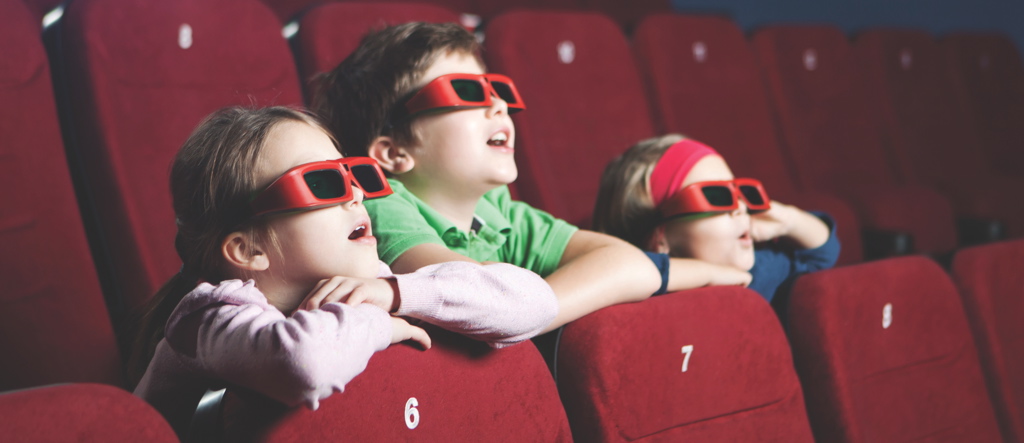
Watching 3D movies can lead to diagnosis
Optometrists have a new tool to help track eye health: 3D movies! Yes, watching 3D movies can be good for you, says the American Optometric Association (AOA), which represents 36,000 doctors of optometry, optometry students, assistants and technicians.
Basically, watching 3D movies exposes eye problems in individuals that may otherwise go unnoticed. According to the AOA, 3 to 9 million people have problems viewing 3D movies, which can cause blurry vision, headaches and dizziness.
“Quite simply, people who have even a small vision misalignment or those who don’t have equal vision in both eyes may not be able to see 3-D images properly,” said Dr. Leonard Press, chair of the AOA’s Pediatrics and Binocular Vision Committee.
Re-educate your brain, optometrists say
Newly diagnosed problems can be treated with optometric vision therapy, which re-educates the brain to achieve single, clear, comfortable, two-eyed vision. The therapy improves eye coordination, focusing and eye movement. And guess what? You’ll be able to watch 3D movies without the annoying side-effects!
The AOA recommends seeing a doctor of optometry for further evaluation if you answer yes to any of the following questions:
- Is the 3-D viewing experience not as vivid as it is for others watching the same picture?
- Do you experience eyestrain or headaches during or after viewing?
- Do you feel nauseous or dizzy during or after viewing?
- Are you more comfortable viewing 2-D TV or movies instead of 3-D TV/movies?
- Is it difficult for your eyes to adjust back to normal after watching 3-D TV/movies?
Corpus Christi is home to a number of experienced optometrists who can help you determine if optometric vision therapy is for you. They can also answer questions you may have about eye health and determine if you need further care. And they can always set you up with the current trends in lenses and frames for the right look.




